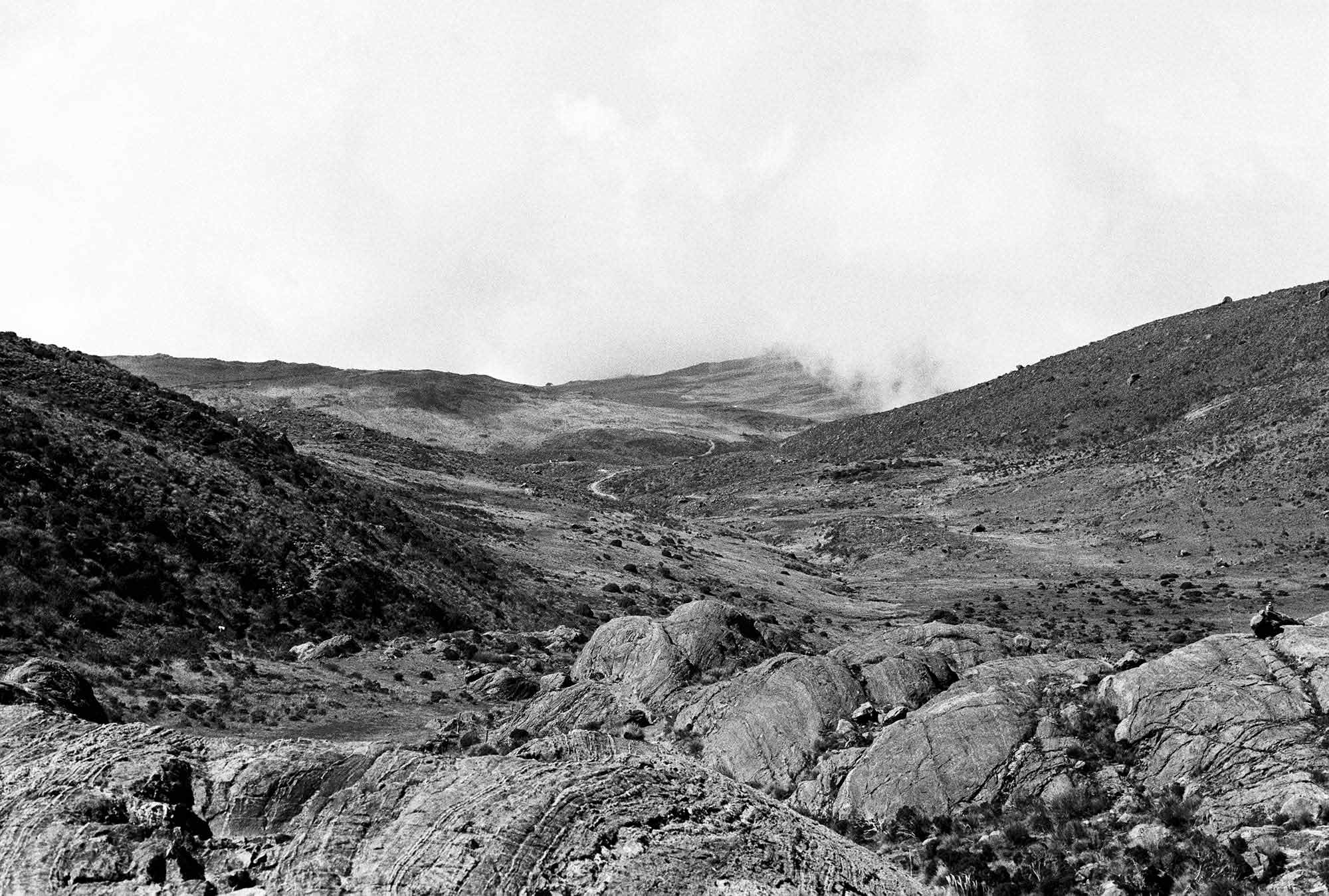
BEHIND THE LENS
SANTANDER, COLOMBIA BY DANIELA LOPEZ
Tell us a bit about yourself and your connection to Santander. What brought you here, and what does this place mean to you?
I’m 34 years old and was born in Bucaramanga, Santander. Since I was a child, I’ve felt a deep attraction to the mountains and flowers. I grew up in a city perched on a plateau, surrounded by trees, mountains, birdsong, and an incredible variety of flowers. Perhaps that’s why I developed a special sensitivity to nature and its beauty.
A few years ago, I discovered analog photography—a magical experience for me at the time—which allowed me to capture fleeting moments and revisit them only when the film was developed. For me, photographs are a way to hold on to an instant with intensity.
Traveling through different parts of Santander is very meaningful in my life. Culture and folklore are essential elements in my work, and learning more about the history of the region where I was born connects me to my roots, makes me reflect on who I am, and helps me understand where I come from. I honor and respect the land, as well as those who were here before me.
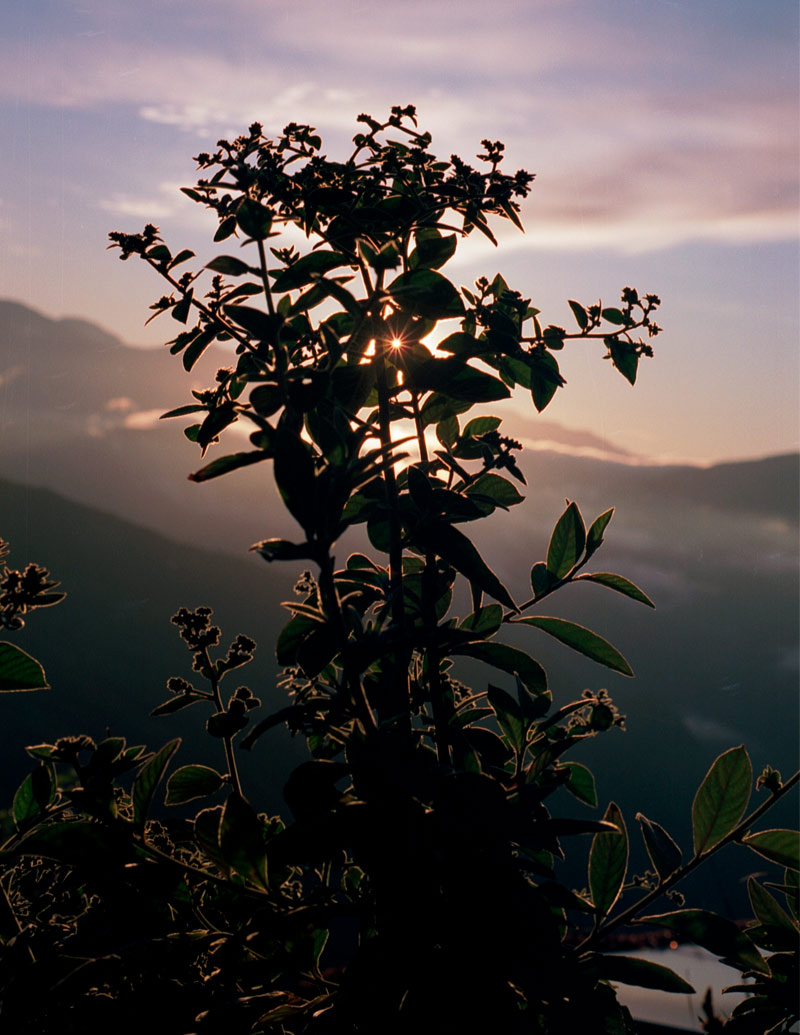
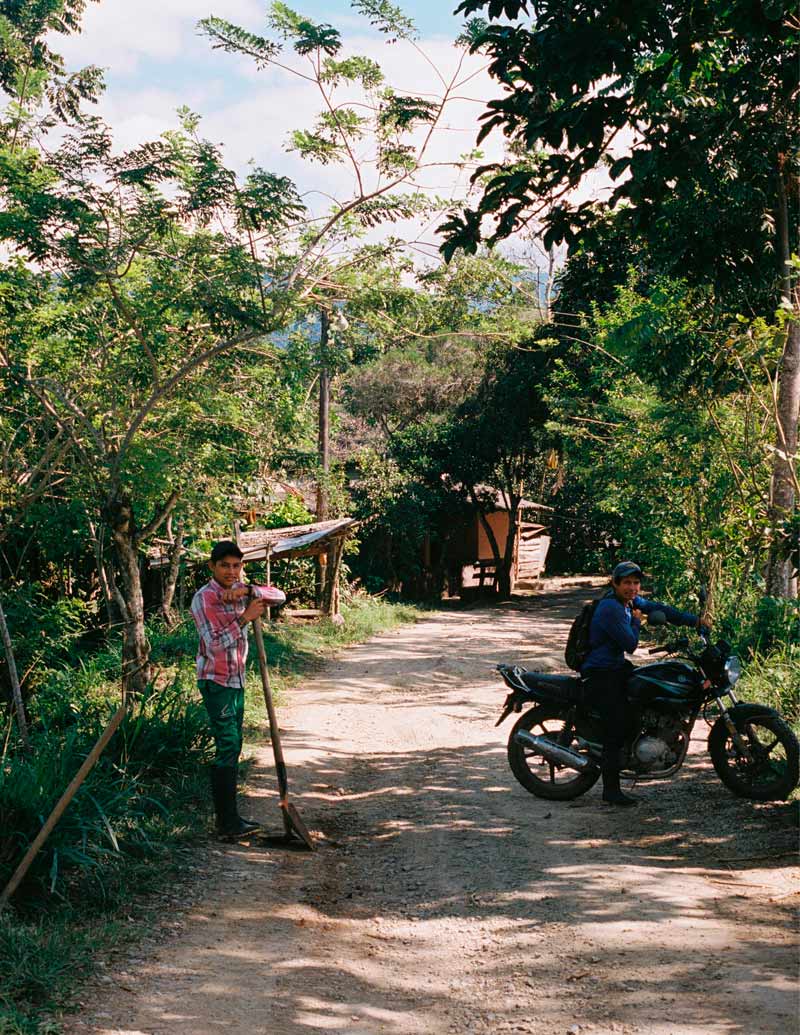
What has been your best discovery in this destination?
I had never been to Barichara before. I visited it this year, and it turned out to be one of my most meaningful experiences. I was struck by the thought that so close to where I spent half of my life, there could be a place where it feels possible to step back in time.
Arriving in Barichara was, for me, a metaphor for what I seek as an artist. Its streets remain untouched, and when you enter the houses, it feels as though you’ve traveled to another era. I visited the home of Don Domingo, a 90-year-old man who lives alone and has kept everything just as it was more than four decades ago. There’s a certain air of melancholy in that, as if time had stood still, but also something precious: the preservation of the knowledge and ways of those who once inhabited those spaces, and the search for a way to keep them alive—even when the contemporary world and technology are pushing in another direction.
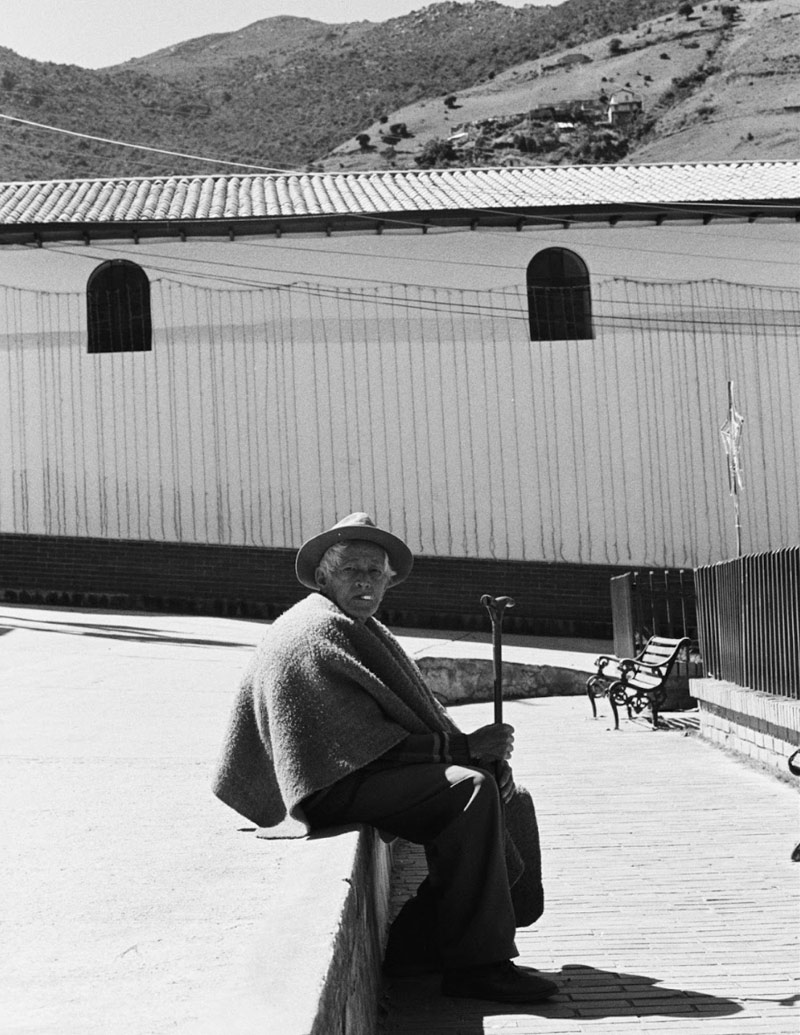
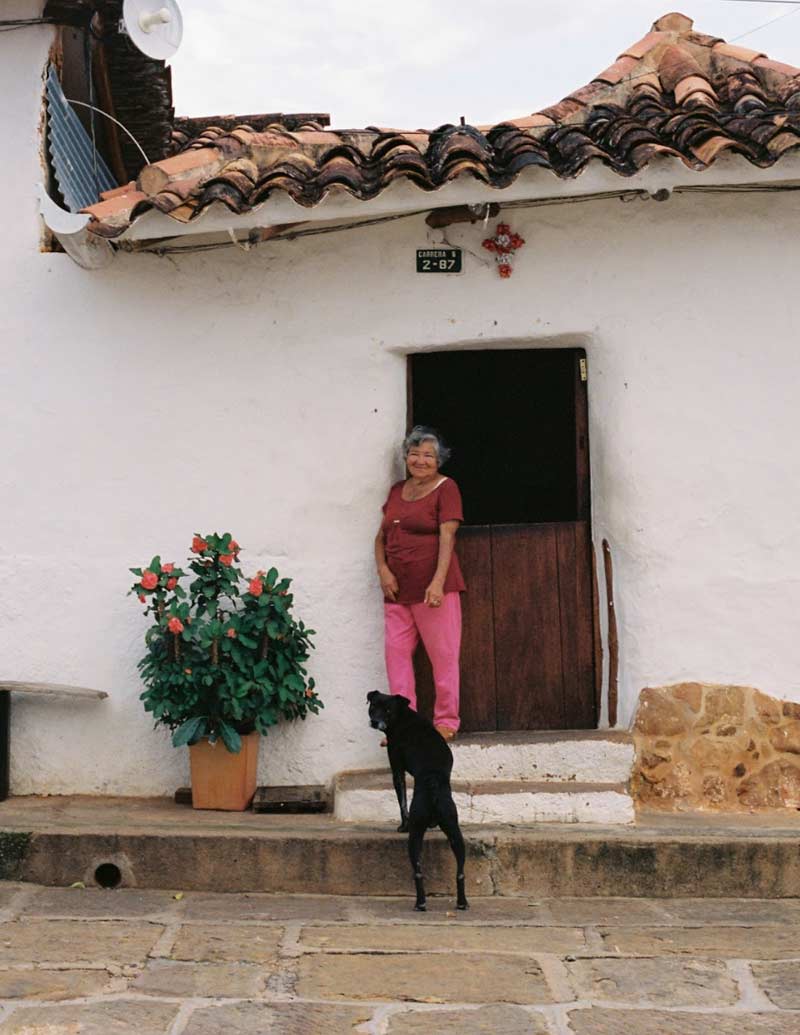
If you had to choose your favorite thing about Santander, what would it be? (It could be a place, food, landscape, activity, etc.)
It’s hard to pick just one favorite, so I’ll go with two:
For years now, I’ve always returned to a hostel perched at the top of the Chicamocha Canyon. They’re small wooden cabins, built in harmony with the mountain, located at the very highest point of the canyon. It’s one of the most peaceful and beautiful places I’ve ever been.
And since I already mentioned Barichara—the town’s cemetery. It’s a very special place because the tombs are made of carved stone, one of the ancestral crafts of the region. Each tomb has a unique detail that represents the person resting there: their trade, their passion, their identity. I remember, for example, the tomb of a shepherd with a sheep carved on it.
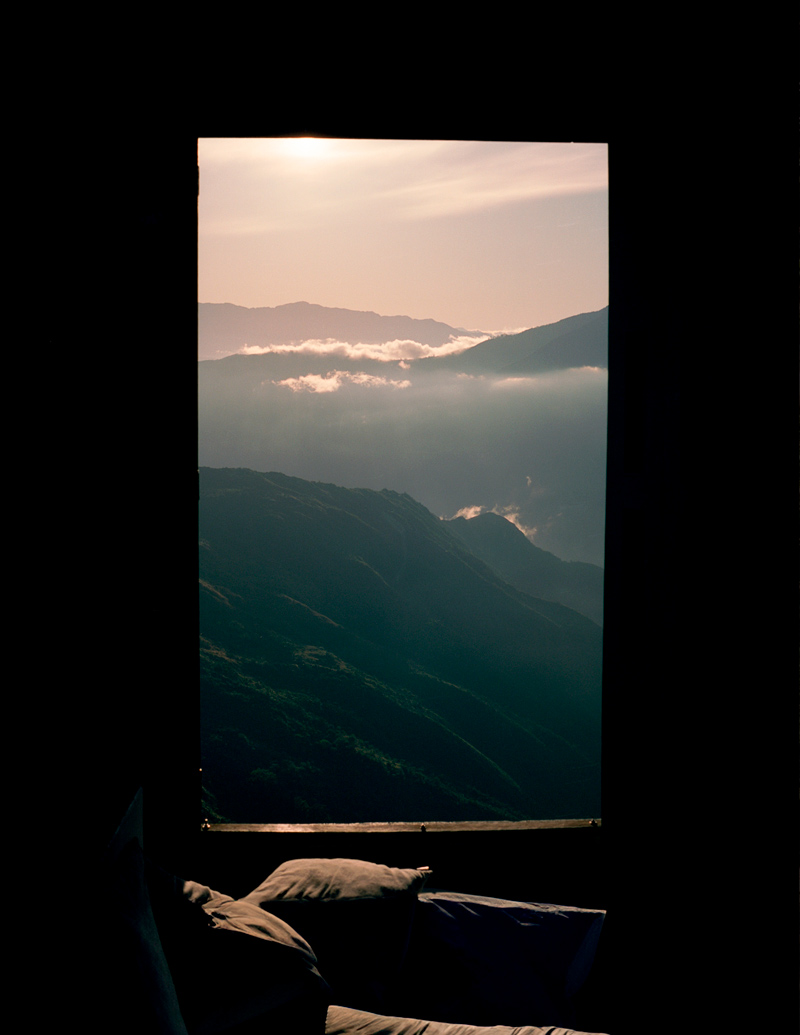
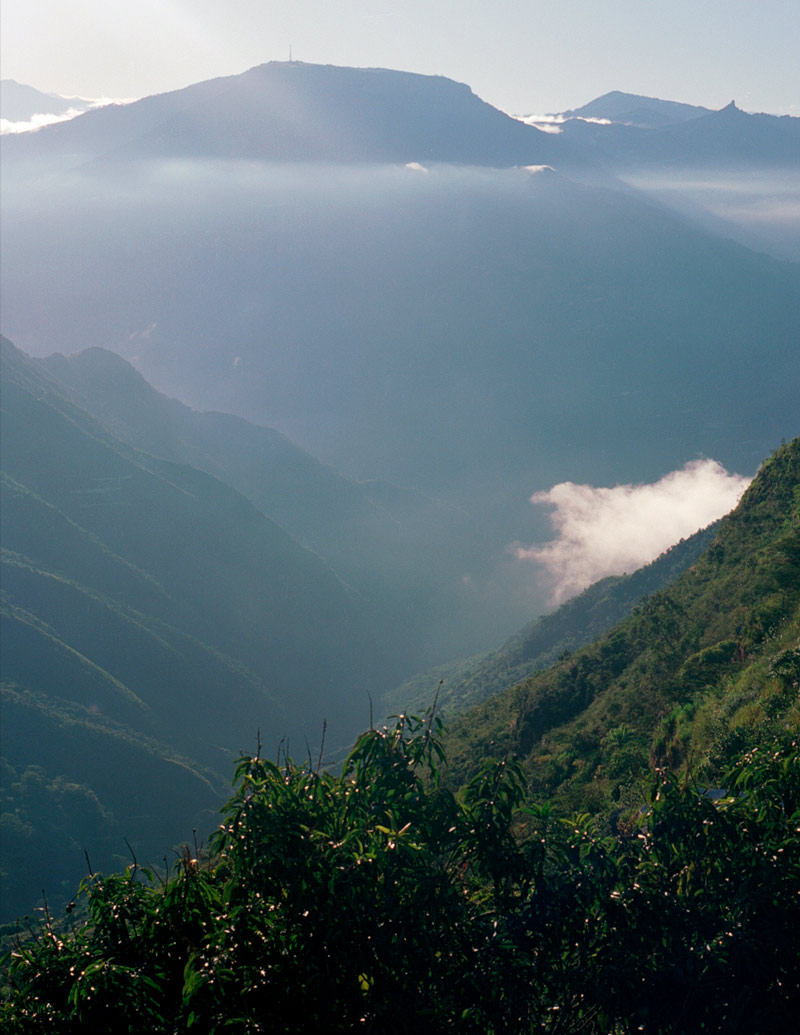
What is the most special and unique thing about Santander that you haven’t seen anywhere else?
The Chicamocha Canyon: incredibly mystical and majestic. Its colors shift with the light—sometimes you can see different shades of blue and green depending on the time of day. Its vastness and depth give it a unique mystery, as if it were holding secrets from thousands of years ago.
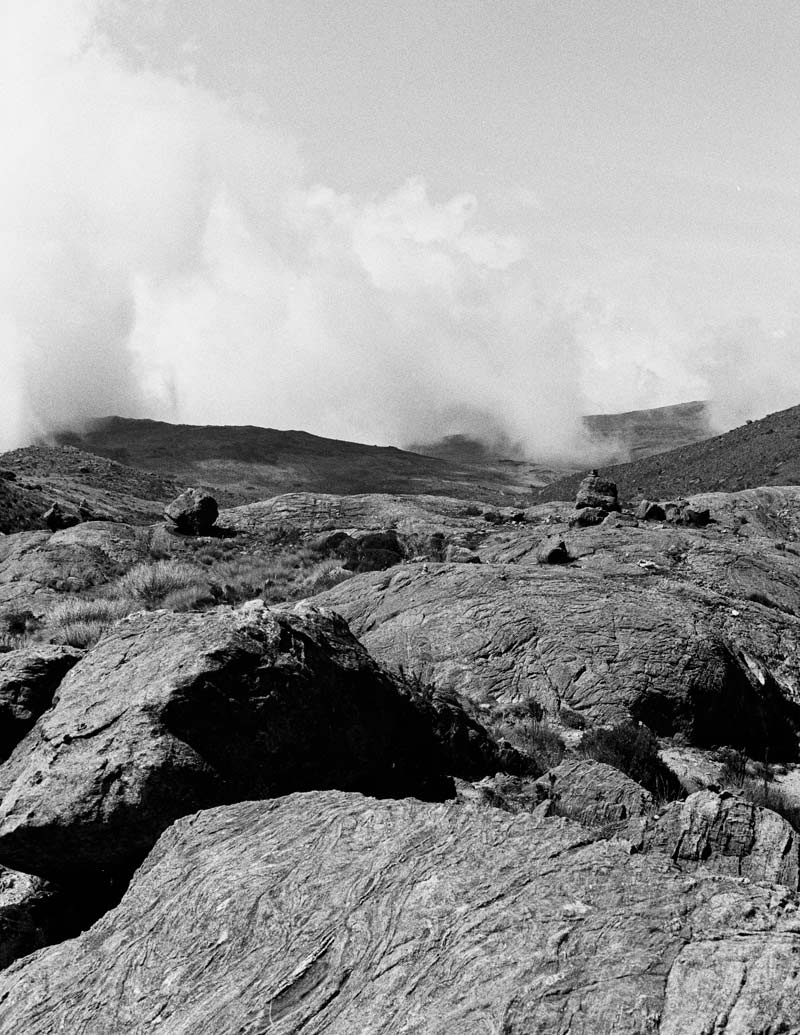
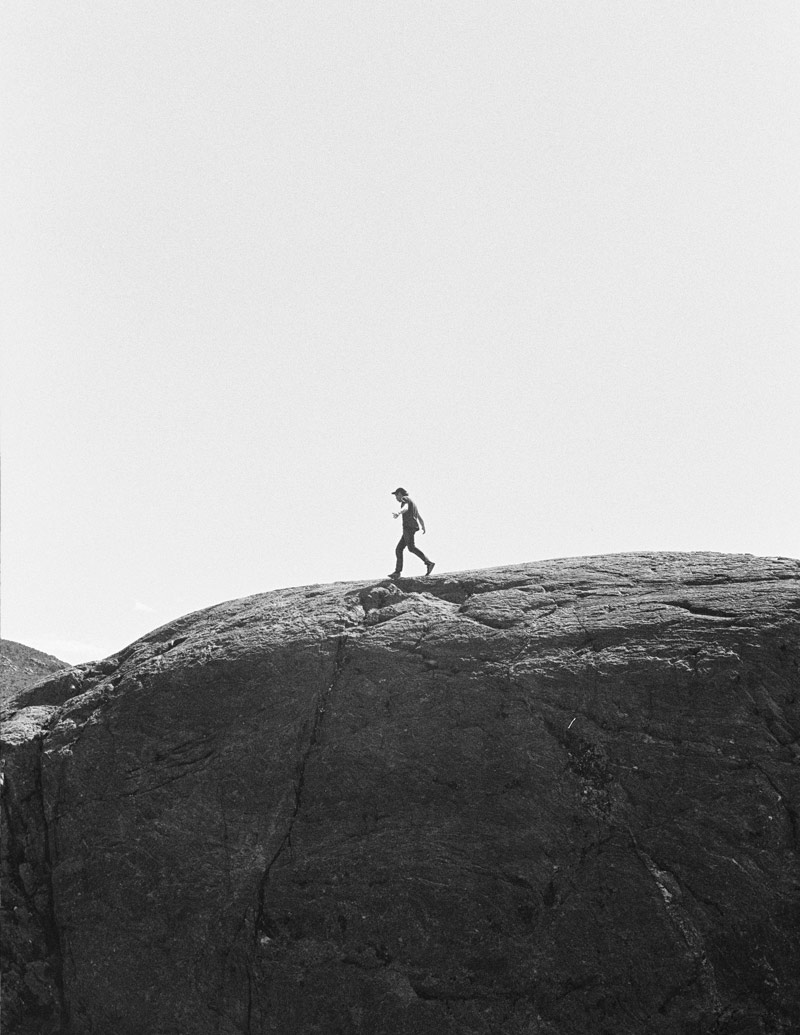
Is there a typical Santanderean word or expression that you love?
¡Pero dígame!
If Santander had a soundtrack, what songs would you include?
Mi viejo – Piero
La llorona – Chavela Vargas
Pequeña serenata diurna – Silvio Rodríguez
Periódico de ayer – Héctor Lavoe
Dos gardenias – Antonio Machín
Duerme, Negrito – Mercedes Sosa
Me Ilusioné – Binomio de Oro
Mil Congojas – José Antonio Méndez
Amor profundo – Hermanos Gutiérrez
La nave del olvido – José José
Tonada de Luna Llena – Simón Díaz
Conversa Comigo Mesmo – Baden Powell
Zé e Paraná – Azymuth
What does beauty mean to you?
For me, beauty goes beyond the aesthetic. It’s an exploration of everyday life and the things that surround us—the small details. Beauty lives in the unexpected, in what steps away from conventional standards and manages to awaken a genuine emotion.
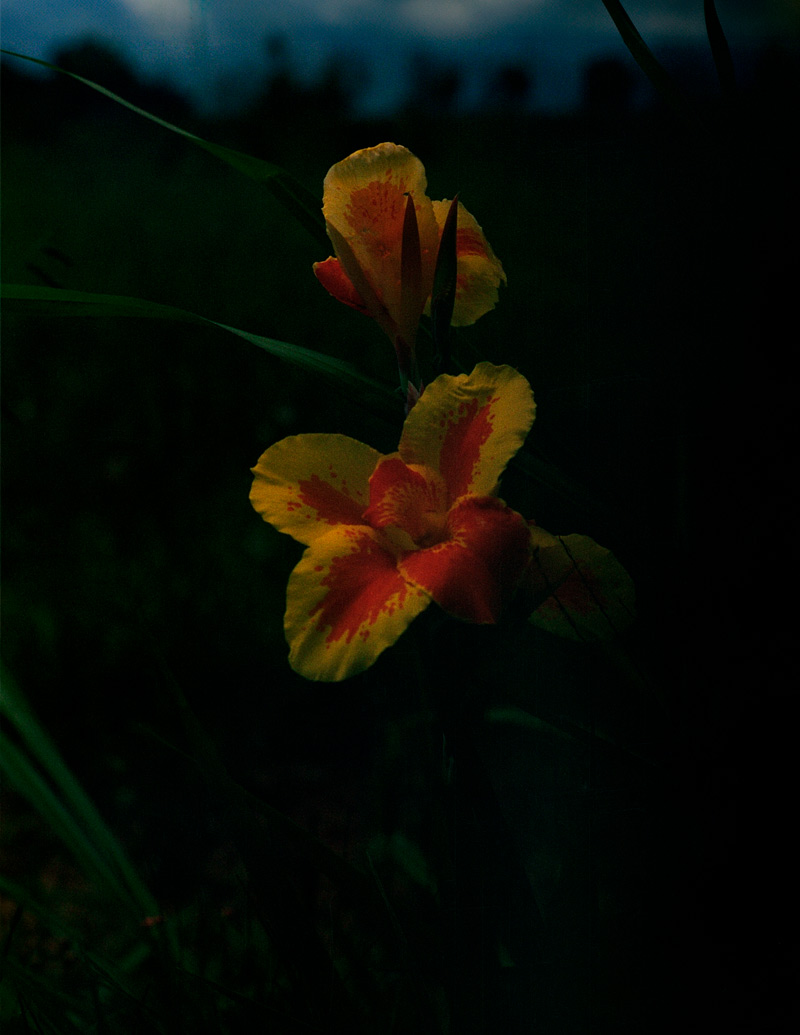
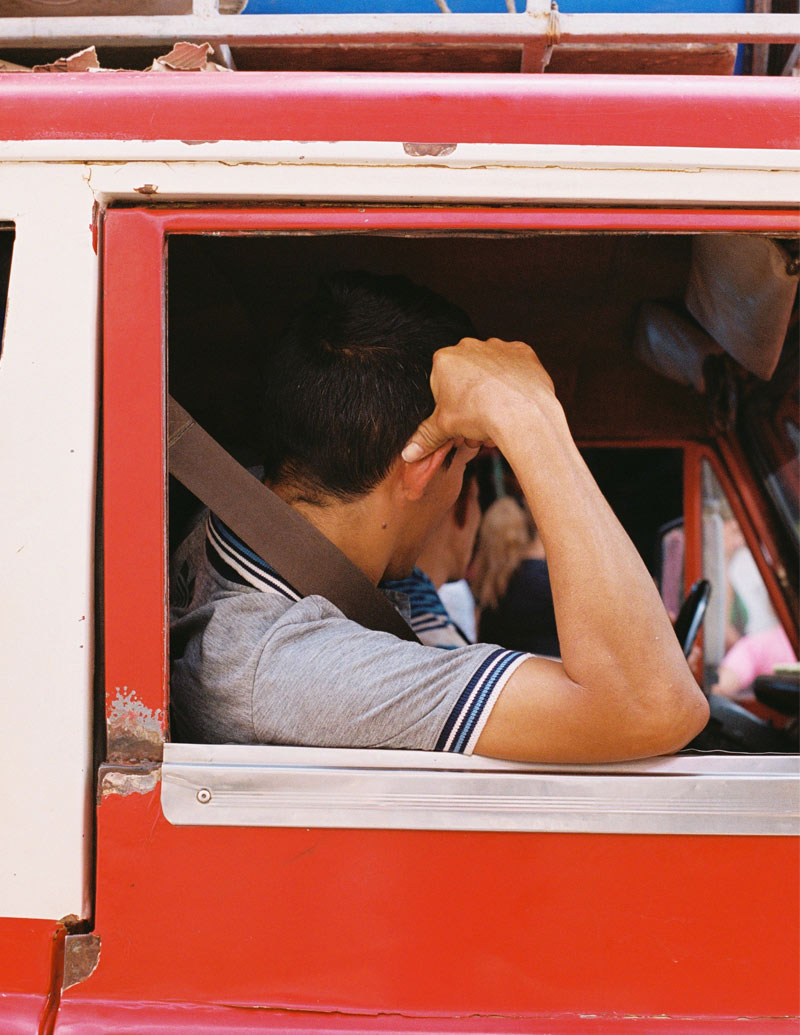
What advice would you give to someone who wants to start in photography and creative direction?
Buy a point-and-shoot camera and go out into the streets to take pictures—ideally while listening to music. It’s also essential to feed yourself with references: look through books, read, and watch films. All of this sharpens your eye and enriches the way you tell stories.
Your favorite restaurant?
Elvia, in Barichara.
Where to get a good coffee?
Café Bajo Sombra.
For a dose of nature, what place would you visit?
The Páramo de Berlín.
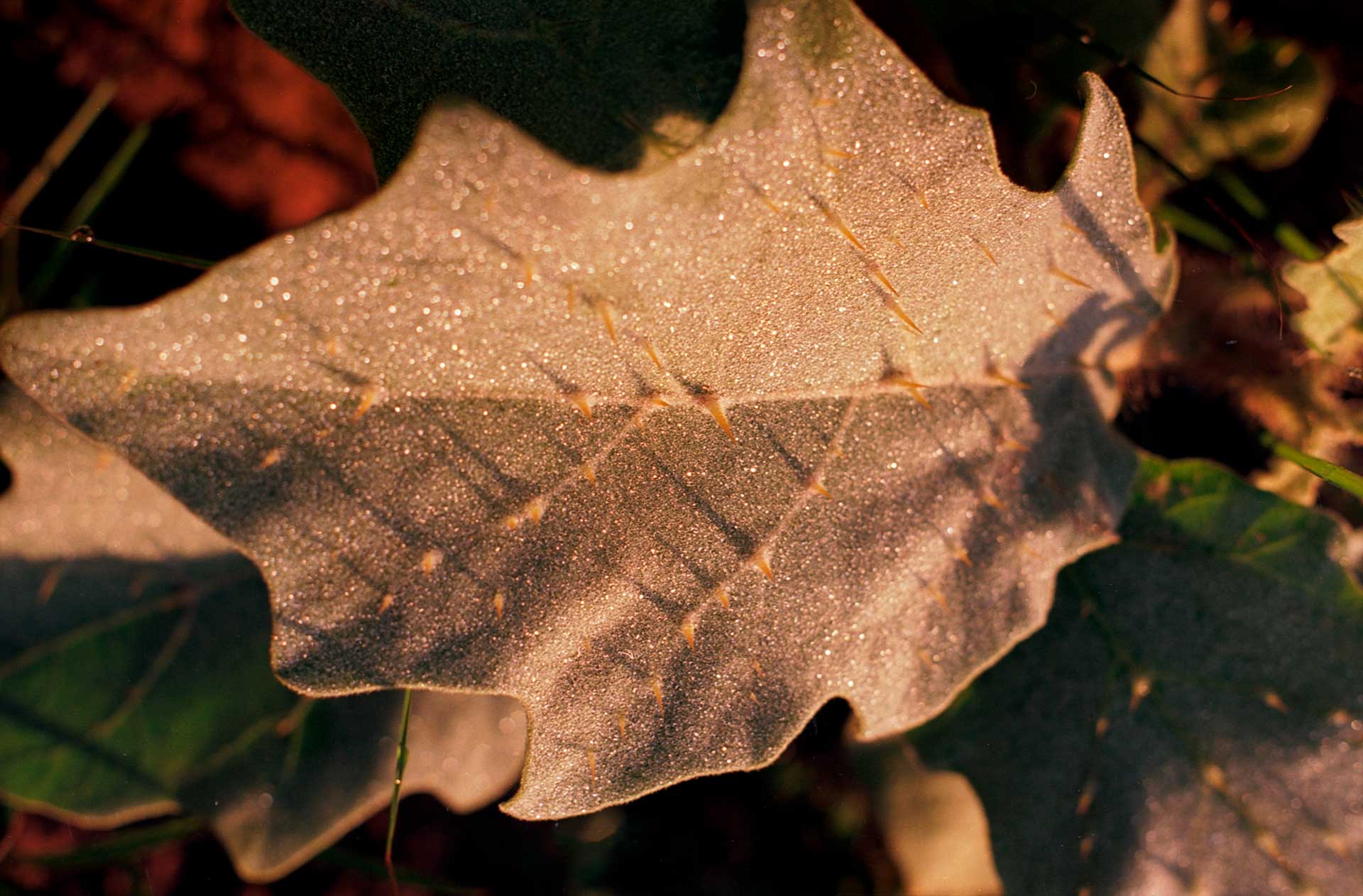
If it’s about exploring, what would you recommend?
I’d go to a local market square. In Bucaramanga, for example, there’s the central plaza—it can be a bit intense, but it’s a very interesting place to explore.
Where can you see the best sunset in Santander?
At La Mesa de Los Santos.
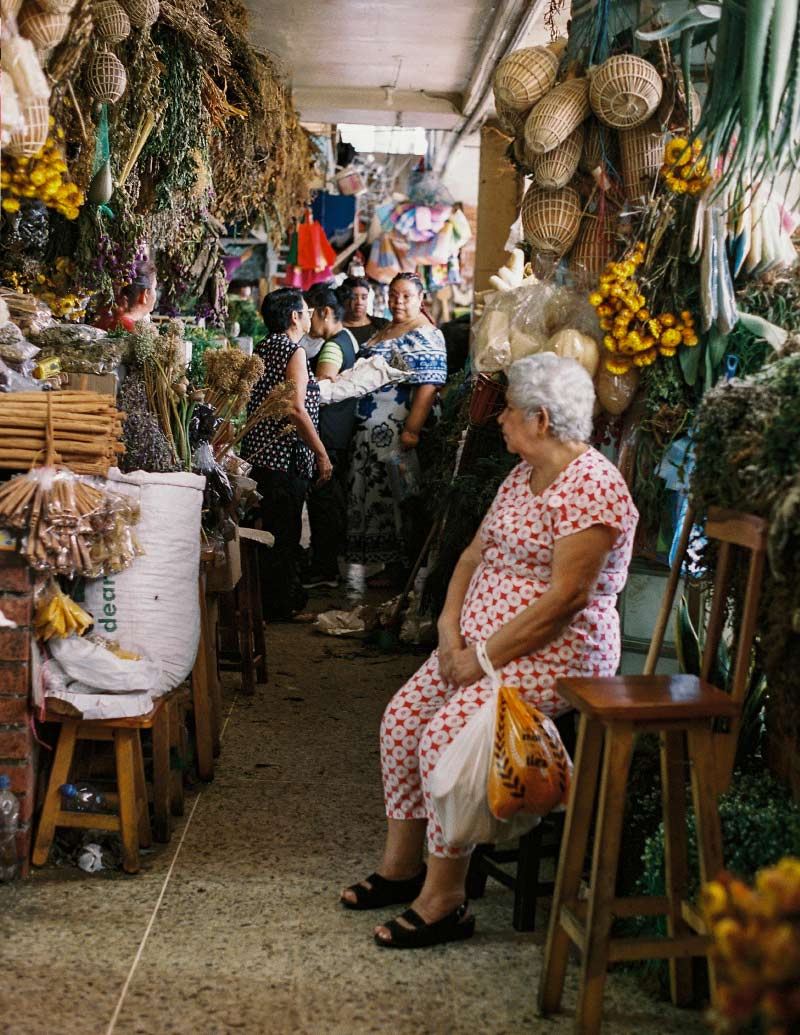
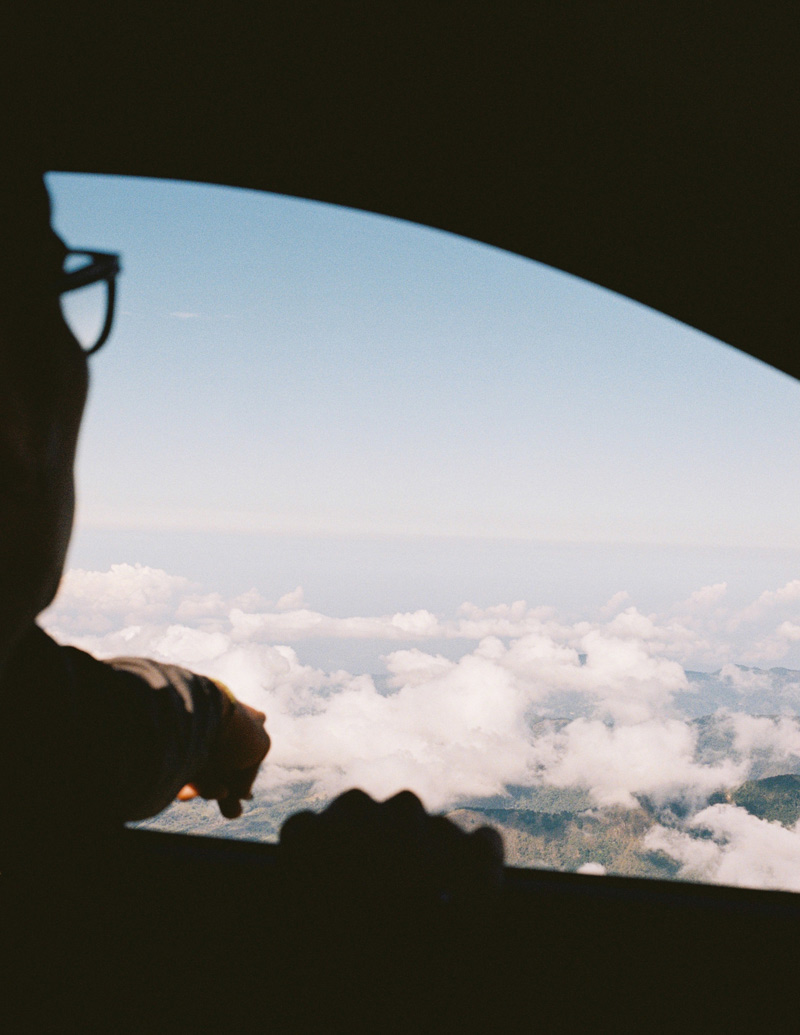
What typical food or drink should everyone try?
Santanderean arepa and oblea.
Something everyone should know before traveling to Santander?
People speak very loudly and can sometimes seem angry. Santandereans aren’t especially effusive or affectionate, but that doesn’t mean they aren’t loving—they just express their care in their own way.
A “day trip” from Santander or a nearby escape?
Visiting a natural pool or waterfall in Mogotes. It’s only about an hour by bus from Bucaramanga.
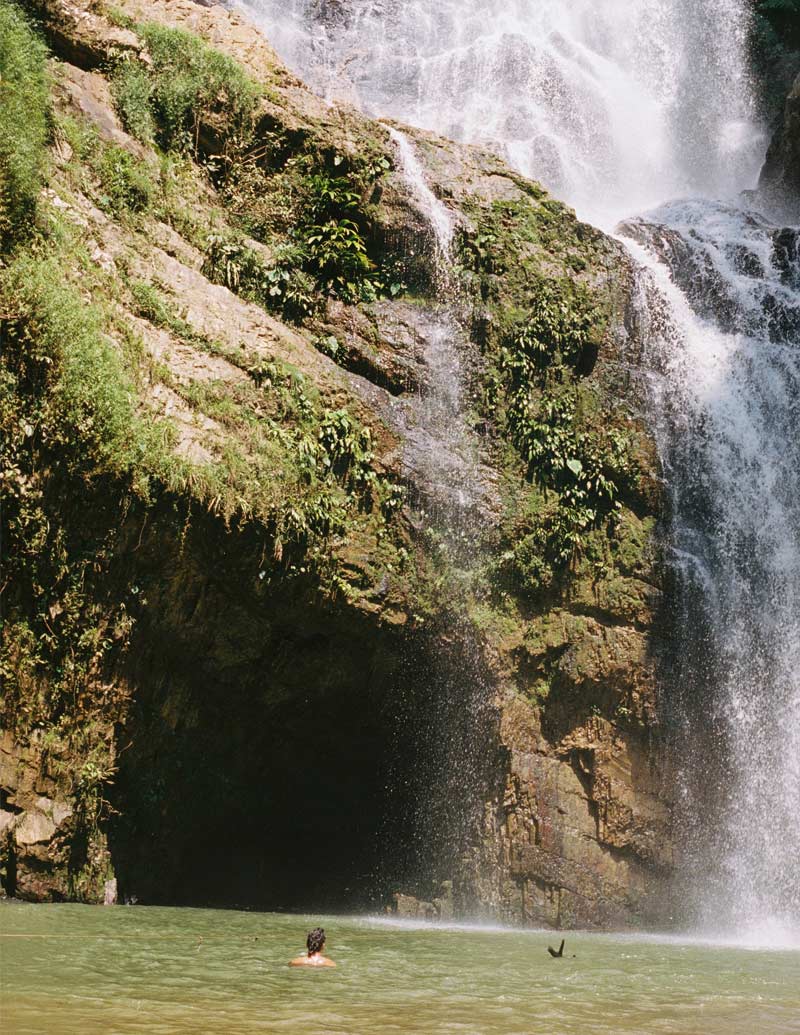
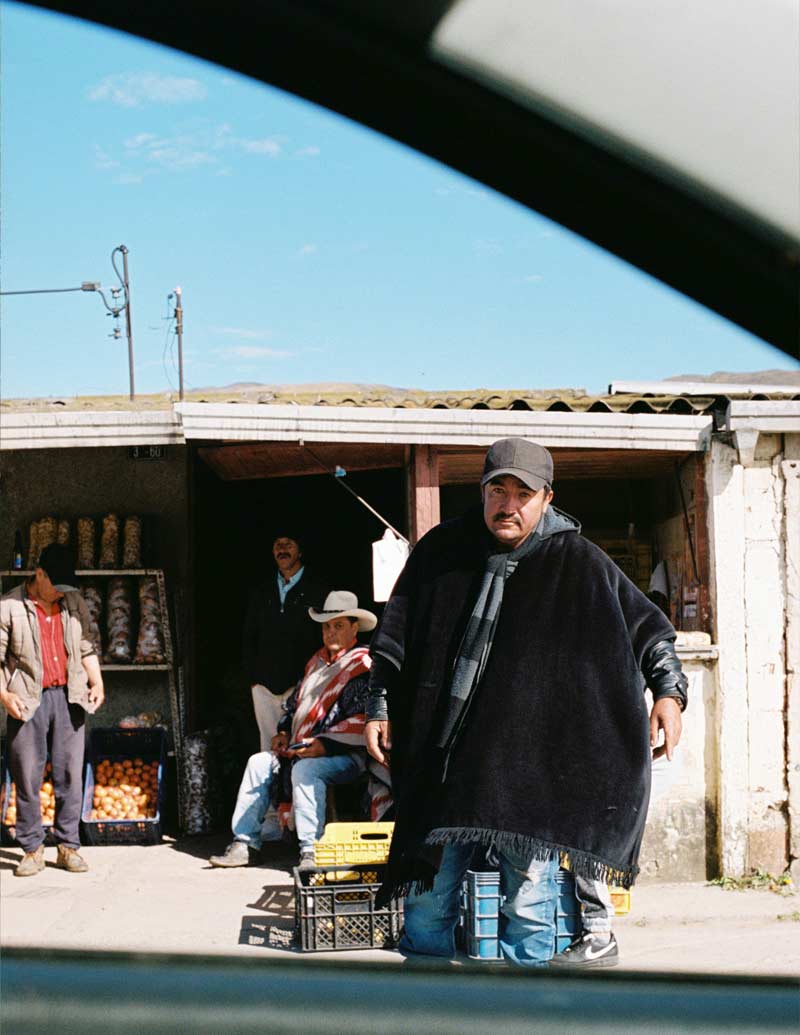
What does Santander smell like?
Santander smells like rain, like wet earth.
What does it taste like?
It tastes like a Santanderean arepa.